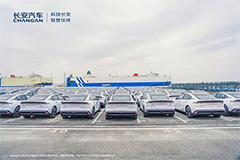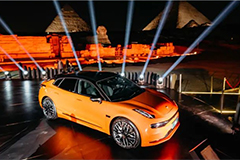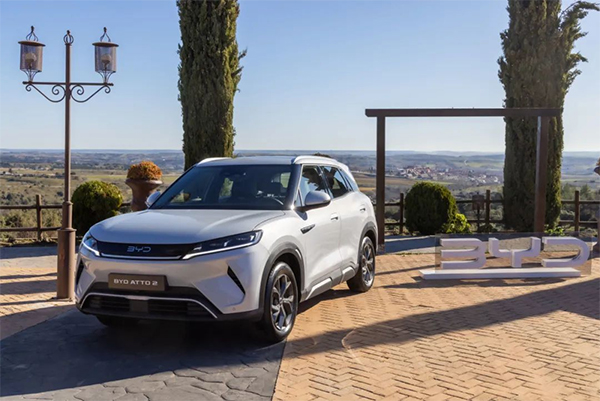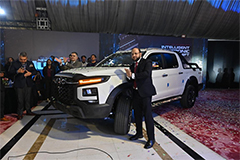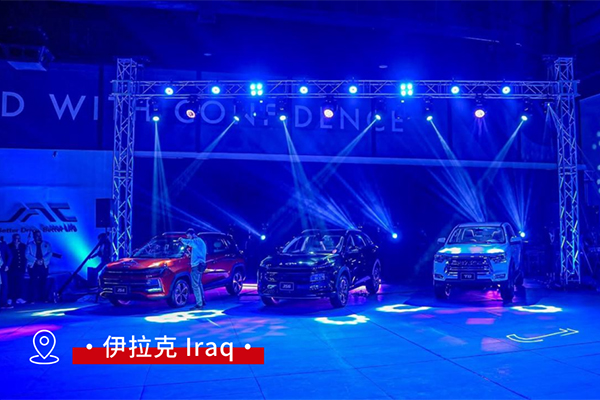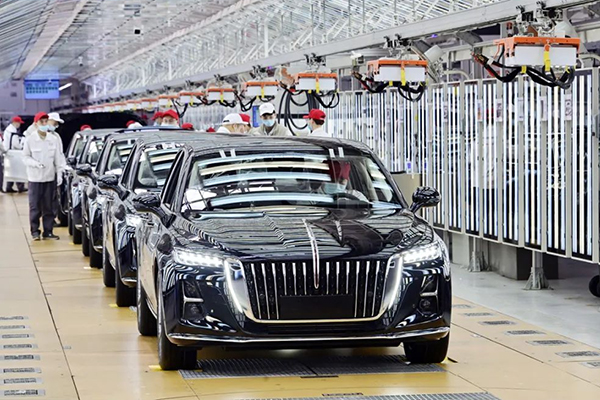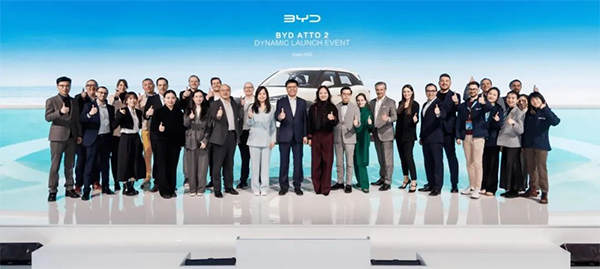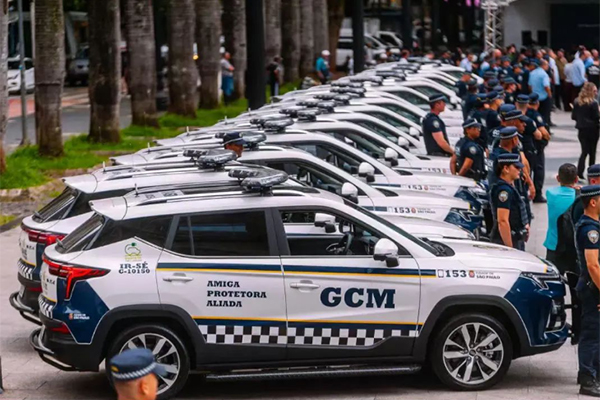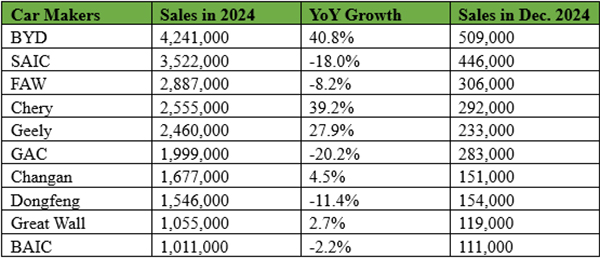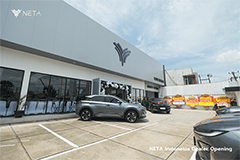A few days ago, at the "National Fuel Cell Vehicle Demonstration Application - Shanghai First Batch of Vehicles Departure Ceremony", a total of 410 units SAIC fuel cell vehicles (hydrogen-powered vehicles) including SAIC MAXUS MIFA hydrogen fuel cell MPV, SAIC Hongyan hydrogen fuel cell heavy trucks, SAIC light truck fuel cell cold chain logistics vehicles were officially put into commercial operation.
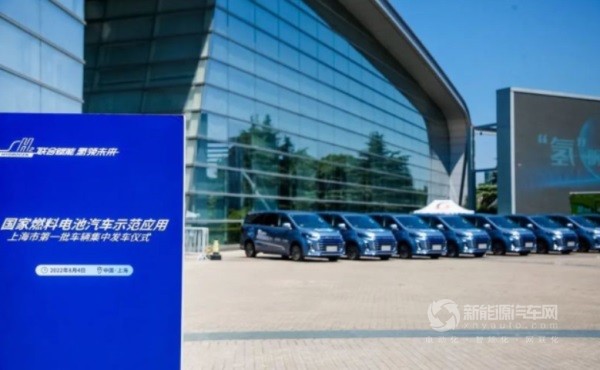
At present, SAIC Motor is accelerating the process of promoting the industrialization of fuel cell vehicles, and actively supports Shanghai to become a world-class "hydrogen energy technology innovation highland, industrial development highland, and diversified demonstration and application highland".
As the earliest automobile enterprise in China to develop fuel cell technology, SAIC launched the Phoenix No. 1 fuel cell vehicle project in 2001. Over the years, SAIC has continued to invest billions of yuan in R&D. In 2021, Hydrogen Propulsion Technology Co., Ltd. , a subsidiary of SAIC Motor, launched Hydrogen Propulsion M4H fuel cell stack, which is completely independently designed and developed, and all 44 first-class components have been localized. The degree of autonomy and localization rate both reached 100%. The core technical indicators of the stack power, stack power density and system power of the M4H stacks have reached the world's advanced level.
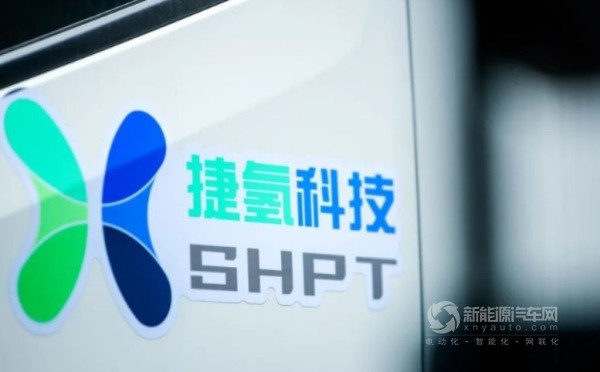
In line with the trend of green and low-carbon development, SAIC has accelerated the promotion of innovation and transformation, and actively cultivated differentiated competitiveness. It has released the first "hydrogen strategy" in China's automobile industry: by 2025, it will launch at least ten fuel cell vehicle products, SAIC Hydrogen Propulsion Technology will reach a market value of tens of billions of dollars, establish a fuel cell R&D and operation team of more than 1,000 people, and form a production and sales scale of 10,000-unit fuel cell vehicles.



